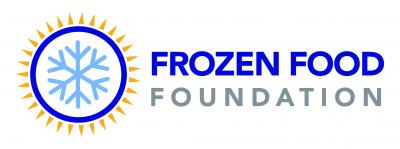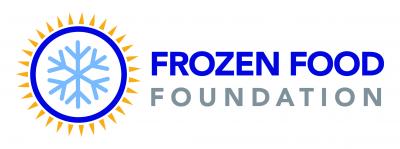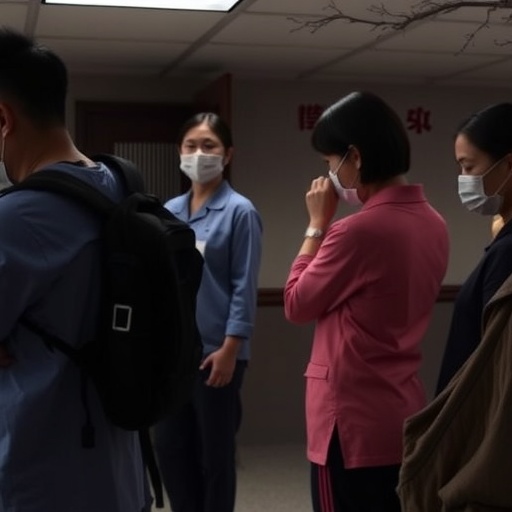
Credit: Frozen Food Foundation
McLean, VA – New research presented today via poster presentation at the 2017 Experimental Biology meeting shows consumers who eat frozen fruits and vegetables eat more fruits and vegetables overall. In fact, consumers of frozen fruits and vegetables also have significantly greater intakes of key nutrients, such as potassium, fiber and calcium.
The study, presented by Maureen Storey, PhD, and supported by the Frozen Food Foundation, analyzed data from the National Health and Nutrition Examination Survey (NHANES) from 2011-2014. When consumers of frozen fruits and vegetables were compared to non-consumers of frozen fruits and vegetables, the study results show:
- Frozen fruit and vegetable consumers eat more total fruits and vegetables than non-consumers;
- Consumers of frozen fruits and vegetables have significantly higher intakes of nutrients of concern – potassium, dietary fiber, calcium, and vitamin D; and
- Adult consumers of frozen fruits and vegetables have significantly lower BMI than non-consumers.
"At a time when Americans are only eating half of the recommended daily intake of fruits and vegetables, our research shows that eating frozen fruits and vegetables can help fill the gap in fruit and vegetable consumption," said Dr. Storey. "In addition to increased consumption of nutrients of concern, frozen fruit and vegetable consumers also had a higher intake of vitamins A and C."
The U.S. Department of Agriculture and U.S. Department of Health and Human Services 2015-2020 Dietary Guidelines for Americans (DGAs) define calcium, potassium, dietary fiber and vitamin D as nutrients of public health concern because low intakes are associated with health concerns. Specifically, the guidelines attribute low intake of fiber and potassium to decreased fruit and vegetable consumption.
"This research adds substantiation to the growing body of evidence that supports the important role frozen fruits and vegetables can play to help Americans meet daily intake recommendations set by the DGAs," said Frozen Food Foundation President and CEO Alison Bodor. "While this research focused on fruits and vegetables, frozen foods and beverages also provide consumers with nutritious and convenient meals options while minimizing food waste."
###
For more information on the benefits of frozen food, visit http://www.frozenfoodfacts.org.
The Frozen Food Foundation exists to foster scientific research, public awareness and industry education regarding the nutritional, safety and societal attributes of frozen foods for the benefit of the common good. The Frozen Food Foundation is affiliated with the American Frozen Food Institute.
Media Contact
Adrienne Seiling
703-835-2407
@frozenfoodfacts
http://www.frozenfoodfacts.org/
############
Story Source: Materials provided by Scienmag





